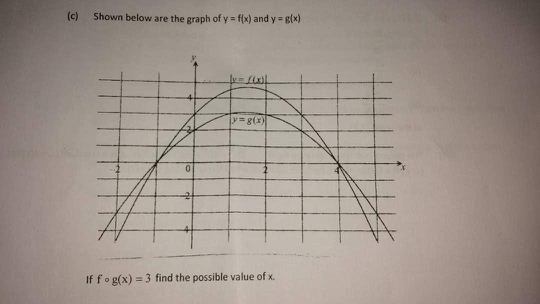
AllQuestion and Answers: Page 1765
Question Number 32713 Answers: 0 Comments: 1
Question Number 32712 Answers: 0 Comments: 1
Question Number 32701 Answers: 1 Comments: 3
Question Number 32723 Answers: 0 Comments: 0
Question Number 32722 Answers: 0 Comments: 0
$${find}\:\int_{\mathrm{0}} ^{\infty} \:\:\:\frac{{dx}}{\mathrm{1}+{x}^{\mathrm{3}} }\:. \\ $$
Question Number 32702 Answers: 0 Comments: 0

Question Number 32710 Answers: 1 Comments: 0

Question Number 32709 Answers: 1 Comments: 0

Question Number 32688 Answers: 1 Comments: 0
Question Number 32792 Answers: 1 Comments: 2
Question Number 32682 Answers: 1 Comments: 0
Question Number 32681 Answers: 0 Comments: 2
Question Number 32793 Answers: 1 Comments: 0
Question Number 32679 Answers: 0 Comments: 0
Question Number 32794 Answers: 1 Comments: 0
Question Number 32707 Answers: 1 Comments: 0
Question Number 32705 Answers: 0 Comments: 1
Question Number 32704 Answers: 0 Comments: 0
Question Number 32675 Answers: 1 Comments: 1

Question Number 32663 Answers: 0 Comments: 0

Question Number 32708 Answers: 0 Comments: 1
Question Number 32659 Answers: 1 Comments: 1

Question Number 32650 Answers: 2 Comments: 0
Question Number 32666 Answers: 0 Comments: 2

Question Number 32648 Answers: 1 Comments: 0

Question Number 32647 Answers: 1 Comments: 0

Pg 1760 Pg 1761 Pg 1762 Pg 1763 Pg 1764 Pg 1765 Pg 1766 Pg 1767 Pg 1768 Pg 1769
